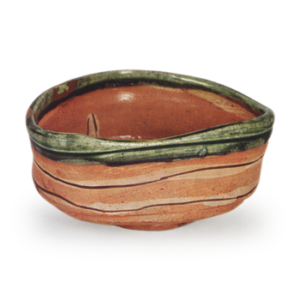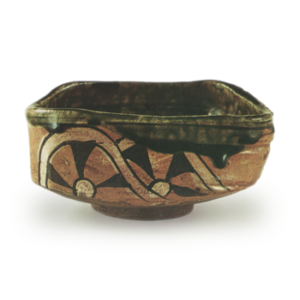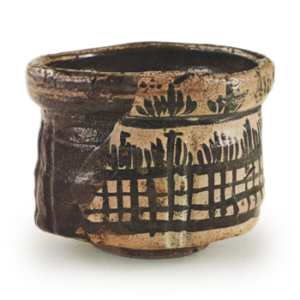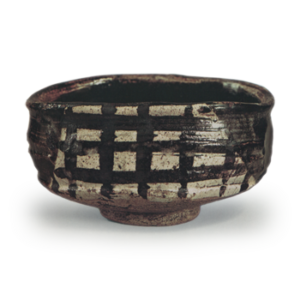
The town of Qilu, located in the southern part of Hebei Province near the border with Henan Province, has an inseparable and significant relationship with the history of Chinese ceramics, especially the porcelain of the Zizhou kilns. The Tianjin Museum, which heard about this discovery, conducted an investigation and discovered from an inscription on an old stone monument in the city that the town was buried under the yellow earth due to the flooding of the Huang River in the second year of the Northern Song Dynasty (1108), and that the layer where the old pottery was excavated was the site of the old euphony. In other words, it is clear that all of the ancient pottery excavated from the underground at Huge Lakes was produced before the second year of the Northern Song dynasty (Daguan 2), and this has greatly advanced the study of ceramics from the Song dynasty. The majority of the ancient ceramics excavated from this site were produced at the nearby Guizhou kiln, and in addition to a large number of plain white-faced ceramics, iron painting on white ground (painted Goryeo), black and white scraping, kneading, candy glaze, green Song porcelain, and Henan Tianmu were also discovered.
So many plain white wares were found that the term “hard iron ware” was used to describe these wares. Some of these vessels were inscribed in black ink with inscriptions such as “Bought on the first four days of the fourth month of the second year of Daikan” and “Bought on August 19, the seventh year of Yuan Yuan, for 50 coins,” indicating that they were buried in this area. The discovery of the iron koji is equivalent to the discovery of the rosetta stone in the history of Chinese ceramics.








